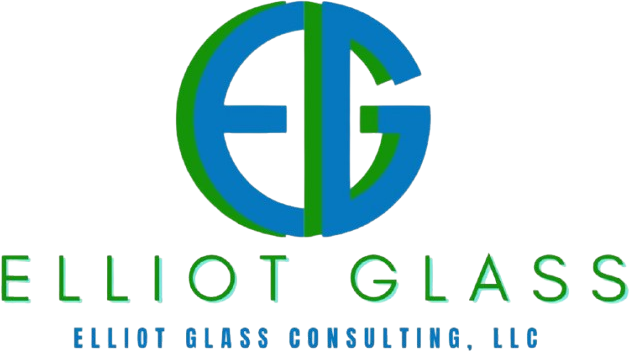The Four Coverage Stages of Medicare's Part D Program
- Deductible Phase
- Until you meet your yearly Part D deductible, you will pay full price for your covered prescriptions. Once you meet the annual deductible the plan will begin to cover the cost of your drugs based on the plan’s prescription drug benefits. While deductibles can vary from plan to plan, no plans deductible can be higher than $480 in 2022. Some plans have no deductible.
- Before Gap, or Initial Coverage Phase
- In this phase, you will either pay a copay or coinsurance (a percentage of the drug’s cost) when you have a prescription filled. This phase lasts until you and your plan reach a total of $4,430 in 2022 drug spending, at which time you move into the Coverage Gap phase.
- During Gap, or Coverage Gap Phase
- This phase is known as the "Donut Hole." It occurs after you and your plan reach $4,430 in 2022 in drug spending. During the Coverage Gap phase, you are usually responsible for paying a higher portion of the drug cost. After your true out-of-pocket costs (Troop) reach a total of $7,050 in 2022, you move into the Catastrophic Coverage phase. Out-of-pocket costs include your annual deductible as well as your copayments or coinsurance. Premiums do not count towards out-of-pocket costs.
- Some plans provide additional coverage in the Coverage Gap, which can lower your share of the cost for drugs during this phase.
- After Gap, or Catastrophic Coverage Phase
- After you reach a total of $7,050 in 2022 in out-of-pocket prescription drug expenses, you will start paying a different copay or coinsurance for both generic and brand-name prescription drugs. In the Catastrophic Coverage phase, copays are typically lower than during the Initial Coverage phase. This phase lasts until the end of the plan year.
‹ Back






 Elliot Glass has been a leader in the insurance industry since 2012. His experience and reputation enable him to best serve his valued clients by understanding their individual needs and offering common-sense solutions. This process saves time, money and provides peace of mind for you and your family.
Elliot Glass has been a leader in the insurance industry since 2012. His experience and reputation enable him to best serve his valued clients by understanding their individual needs and offering common-sense solutions. This process saves time, money and provides peace of mind for you and your family.